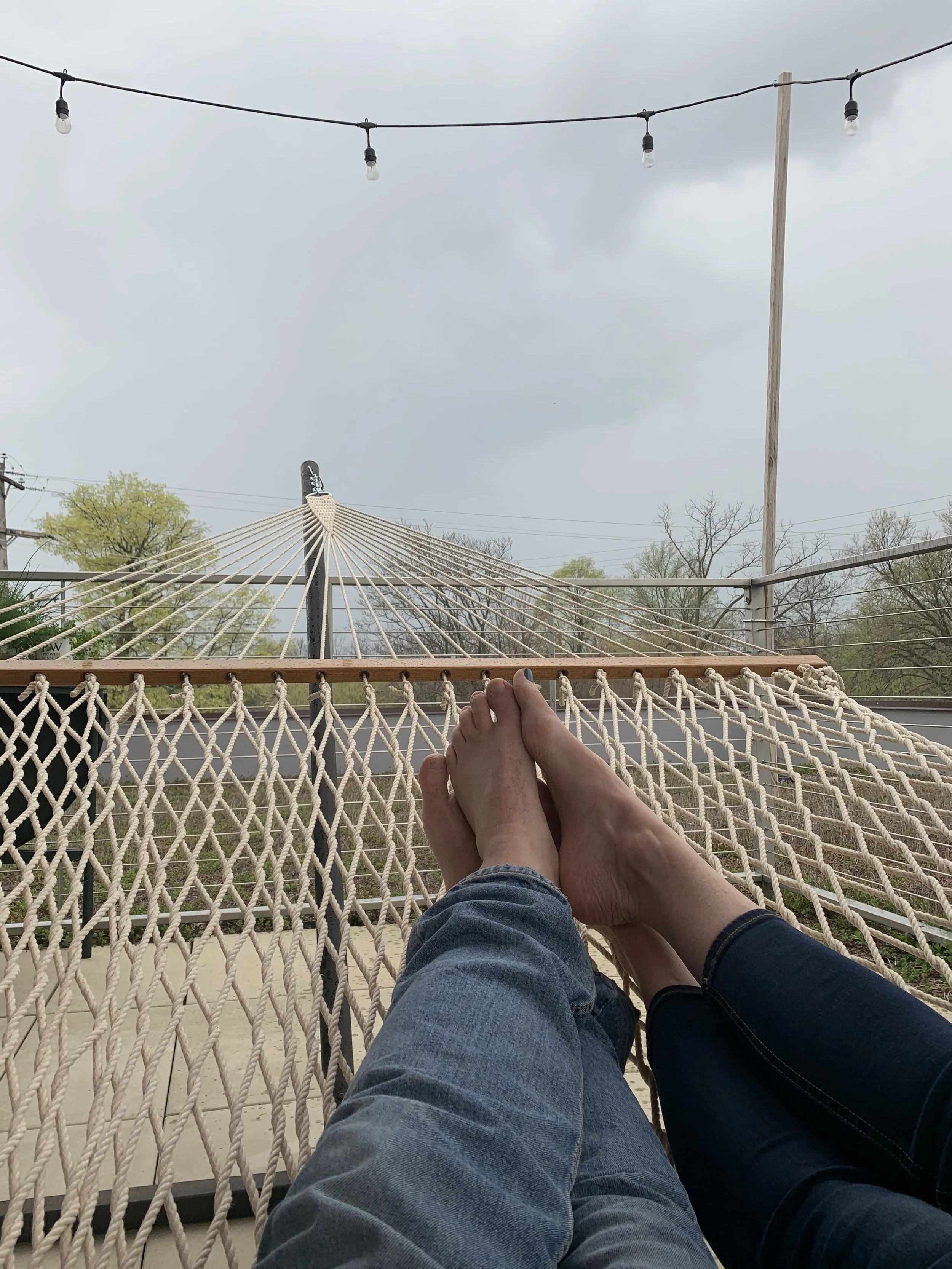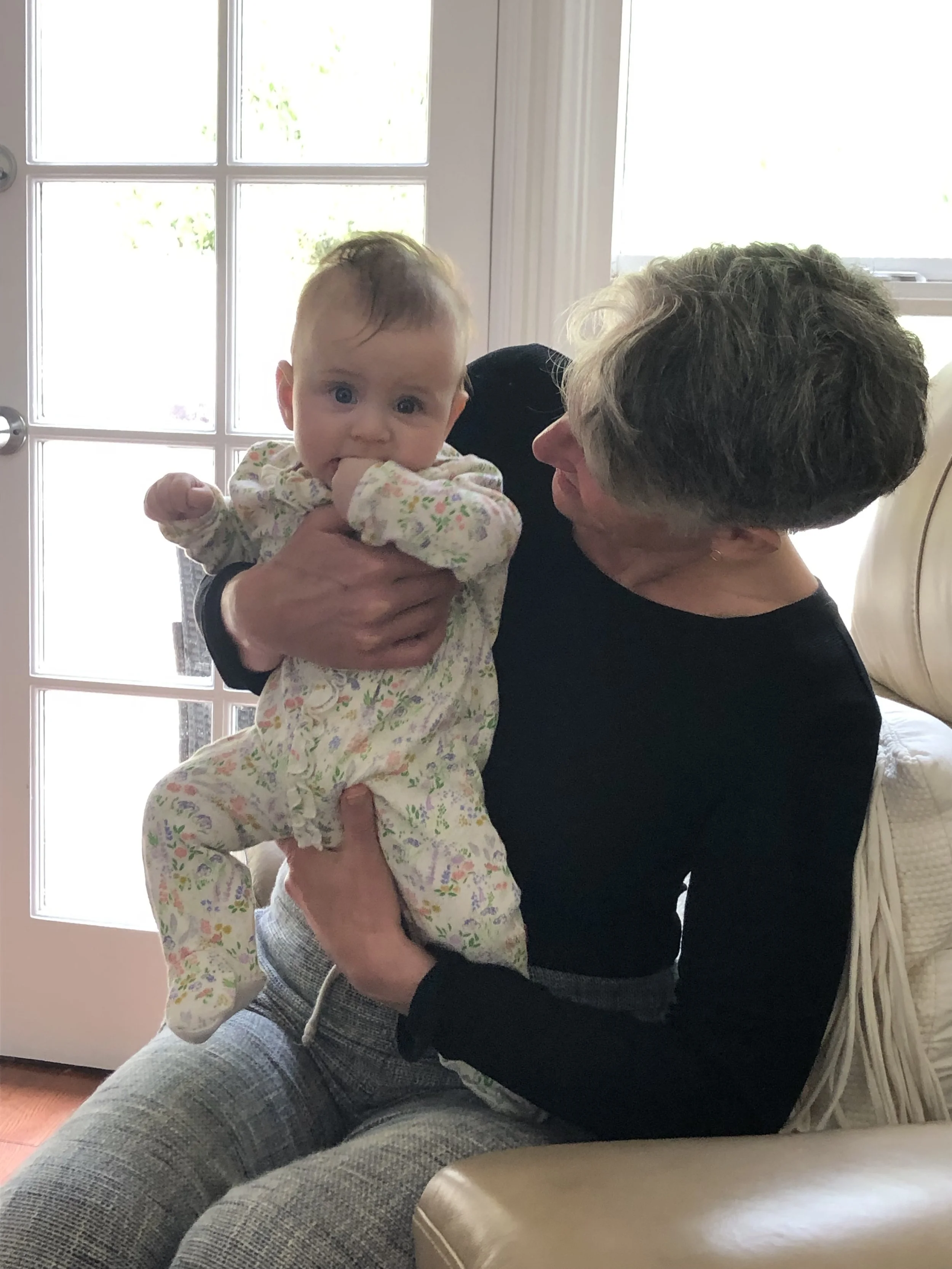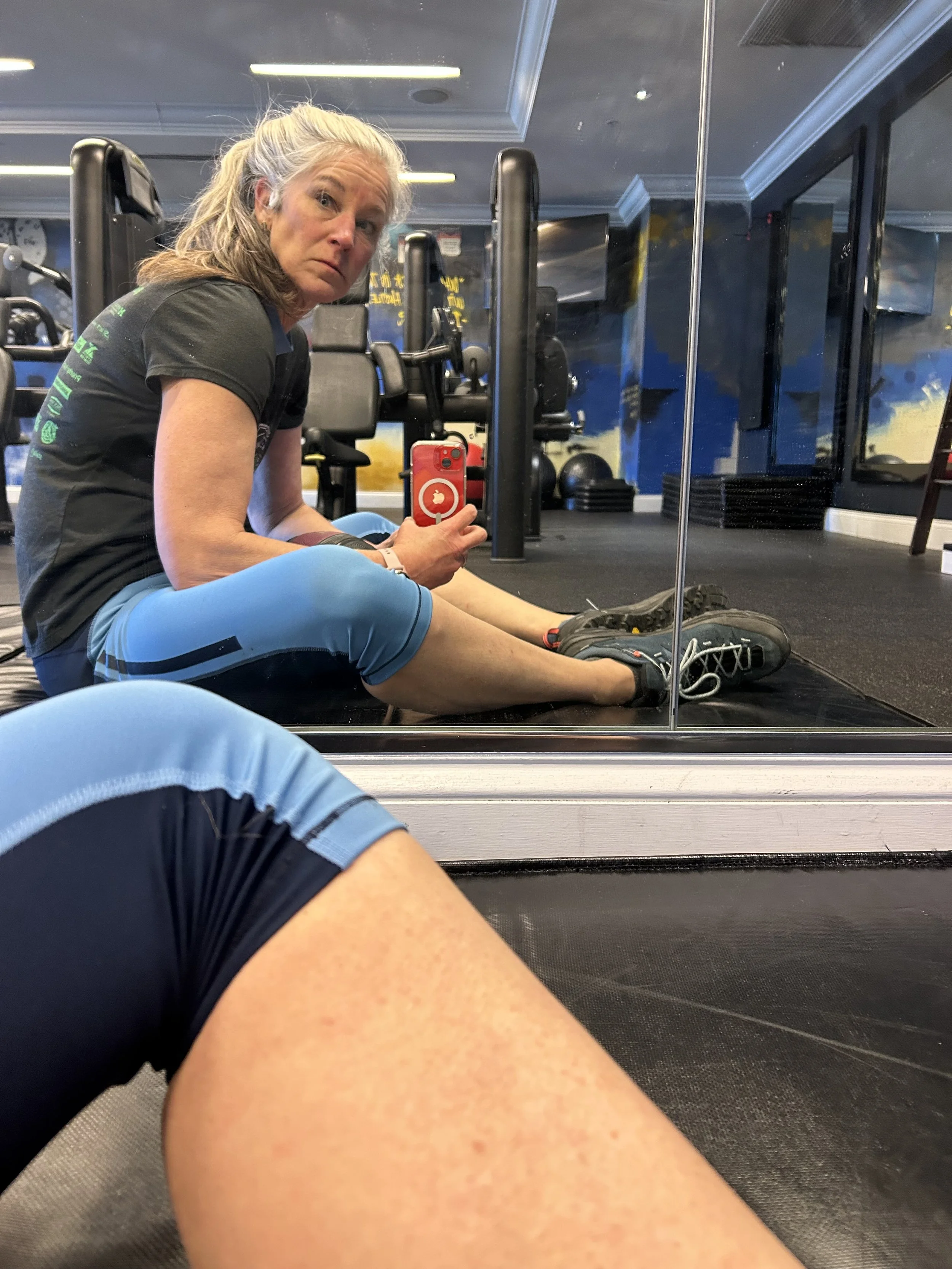Boring homes, sad people
A recent academic study was interpreted to link HGTV with boring homes and sad people. Researchers argued that home renovation media led homeowners that participated in the study to decorate their homes for the masses, rather than their own happiness.
Of all the places we inhabit each day, home is the hub of resources that you (mostly) get to choose as forms of help, care, comfort. It’s the one place you get to design for the lifestyle you want and architect your own behavior with an emphasis on everyday function over trendy form.
Being a behavior architect is an important personal responsibility. It’s not a neutral stance on the way you eat, sleep, move, relate, regulate emotions, and prioritize. Your core role is to advocate for — and invest in — your actions and feelings. The choices you make will either reward you in ways that are deeply felt or penalize you in ways that may not be readily apparent.
That’s not to say you need to architect (or live) in a bubble. Practice prosocial behavior that can help you build your skills as the chief executive of actionable home operations that fit your life. Working the COS can help you determine which resources help. Here’s a COS exercise:
Context: Is this thing an expectation/demand? Is it helpful? Promotes care (self or others?)
Occupation: When do I use/do it? Is it central to my (or others) roles? What’s the objective? Why is it important, right now?
Sense: Is it productive comfort? Destructive comfort? What emotions are linked? How does it make me feel?






